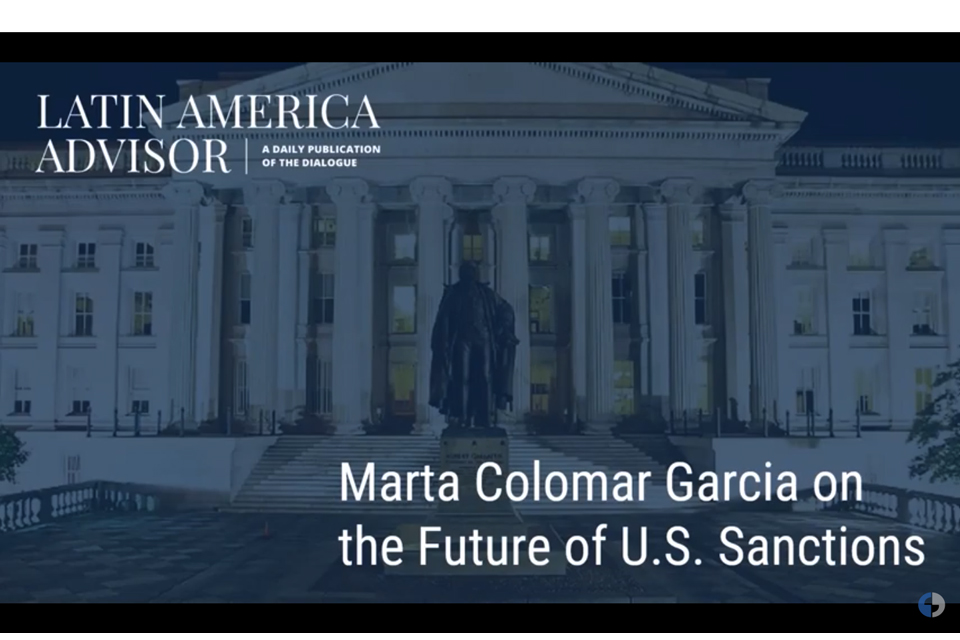Electronic documents such as PDF files must include all metadata when being submitted in response to discovery requests according to a recent decision by the Southern District of New York. In Nat’l Day Laborer Organizing Network v. United States Immigration and Customs Enforcement Agency, the Court held that the Immigration and Customs Enforcement agency, in response to a Freedom of Information Act request, was not permitted to merely “document dump” unorganized PDF files. Instead, the agency must include all document metadata.
Metadata is information about electronic documents that detail the entire history of when the document was created, when it was opened, how and when it was changed, and by whom. In light of this decision regarding e-discovery, parties should be mindful of metadata both when requesting and producing documents. The requesting party should specifically request production of metadata. The responding party must pay heed to the new obligation to produce metadata. Thus, agencies must now preserve electronic records and all associated metadata.
In this article, Chad Purdie analyzes the application of the framework set forth by the Southern District of New York pertaining to the new public records “requirement.” In-house counsel preparing and overseeing the electronic disclosure process of documents must pay attention to this stringent new requirement or face judicial sanctions.
Long known as a pioneer in the electronic discovery realm, Judge Shira Scheindlin of the Southern District of New York recently shifted her attention to a U.S. federal agency known as Immigrations and Customs Enforcement («ICE»). The result: A landmark decision with wide-ranging implications for government agencies faced with requests under the Freedom of Information Act («FOIA»).
In her February 7, 2011, decision in Nat’l Day Laborer Organizing Network v. U.S. Immigration and Customs Enforcement Agency, No. 10 Civ. 3488, 2011 WL 381625 (S.D.N.Y. Feb. 7, 2011), Judge Scheindlin held that documents turned over pursuant to FOIA requests must include each document’s metadata. Metadata is essentially data about data, such as the title, author, file location, and date of creation, and is by default included in the document’s properties. Some metadata can be accessed via the “Properties” link in word processing software, but access to other metadata requires an expensive third-party software application.
In Nat’l Day Laborer, the various advocacy groups sought to compel ICE and three other federal agencies to comply with their FOIA requests. The agencies had produced thousands of documents and five non-searchable PDF files. All documents were merged without being separated by content. Moreover, the documents did not include any metadata and/or e-mail attachments. Holding that “responding parties should produce reasonably accessible metadata that will enable the receiving party to have the same ability to access, search, and display information as the producing party,” Judge Scheindlin ordered that ICE re-produce the documents in an organized fashion, with metadata.
Judge Scheindlin further identified specific categories that were “likely to be necessary in any production of [electronically stored information] produced in digital image format:” (1) an identifier, (2) file name, (3) custodian, (4) source device, (5) source path, (6) production path, (7) modified date, (8) modified time, and (9) time offset value. Additionally, she noted that the following metadata should accompany all e-mails produced: (1) to, (2) from, (3) cc, (4) bcc, (5) date sent, (6) time sent, (7) subject, (8) date received, (9) time received, and (10) attachments, including any Bates numbers.
Judge Scheindlin’s decision is the first time a federal court has required a federal agency to produce metadata in response to FOIA requests. As such, this precedent sets a tone that government agencies would be wise to heed. In the wake of this decision, major changes are in store for the government’s information preservation practices – including how and where the information is stored. Since the metadata in a digital government document becomes a part of the public record in any litigation, gaps or gaffes could provide ample fodder for government watchdogs.
[It should be noted that metadata scrubbing applications are commonly available and are being used by businesses and organizations every day.]




































































































![Especial abogados Salón de la Fama[61] 4](https://diazreus.com/wp-content/uploads/2023/06/Especial-abogados-Salon-de-la-Fama61-4-2-pdf.jpg)





























































































































































































